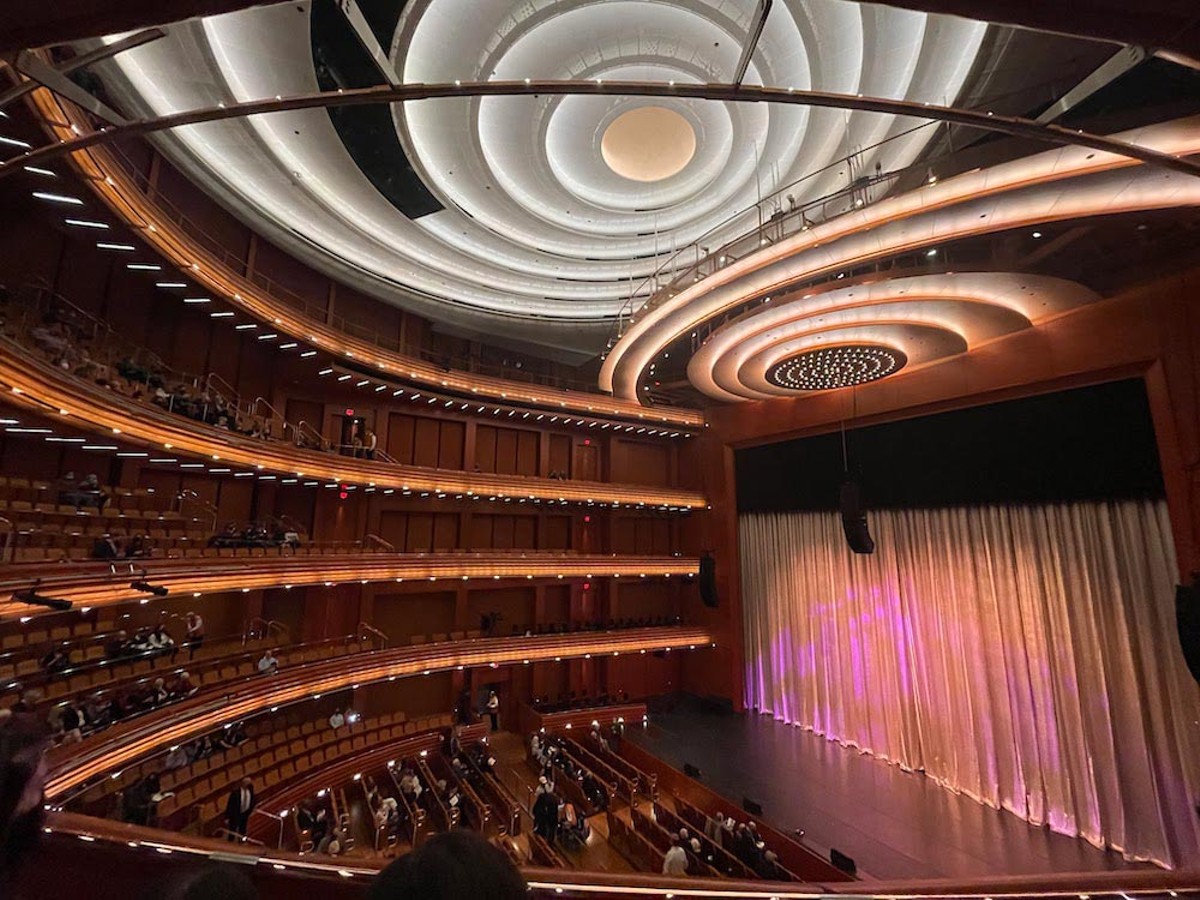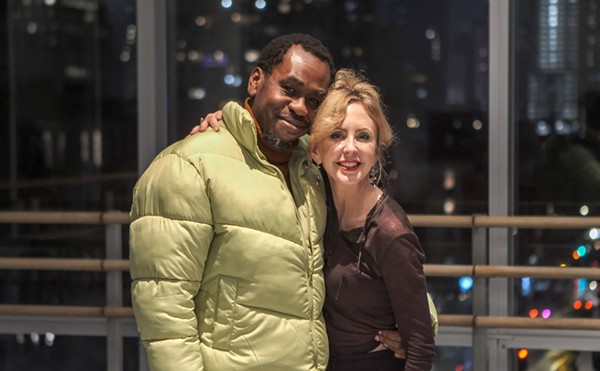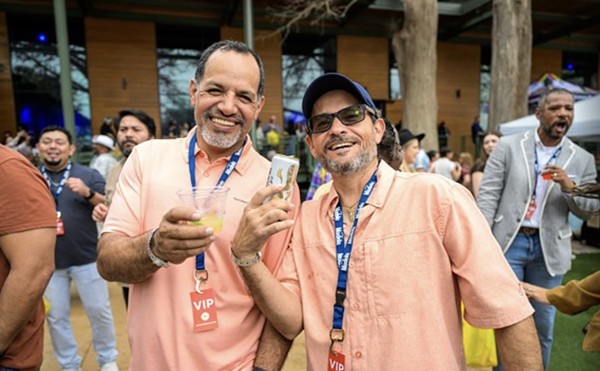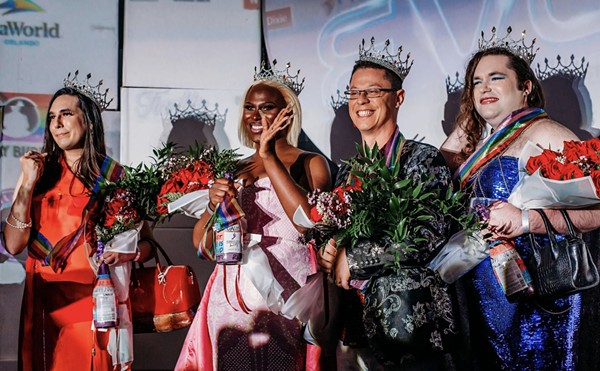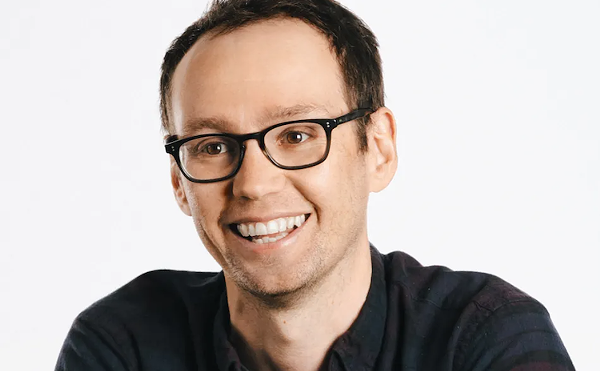After 19 years of debates, delays and disappointments, the long-awaited Steinmetz Hall at downtown Orlando's Dr. Phillips Center for the Performing Arts finally debuted this month in the grandest fashion imaginable, with a series of world-class concerts befitting the nearly quarter-billion-dollar facility.
Featuring a "perfect" N1 acoustical rating and reconfigurable seating with futuristic flipping floors, this successor to the reviled Bob Carr — which namesake donor Chuck Steinmetz jokingly dismissed as "a dump" — has already been repeatedly praised by those standing on its stage as the "most beautiful hall in the world," and architect Barton Myers and collaborators have certainly created an aesthetic wonder of polished wood that will be coveted by cities around the globe. But while I won't go so far as to say Orlando's new arts emperor has no clothes, Steinmetz Hall stepped into the spotlight surprisingly underdressed in the very departments it should have excelled: seeing and hearing the show.
The first red flags came early in Rise & Shine, the opening-night celebration on Jan. 14 directed by Cole NeSmith. Although some major companies like Opera Orlando and Orlando Ballet were conspicuously absent, the program successfully brought together over 250 local performers from a diverse range of disciplines, despite COVID roadblocks.
Featured acts created exclusively for the evening included architecture-inspired modern dance by Crystal Edwards and Holly Harris; powerful spoken word from City of Orlando poet laureate Shawn Welcome with actor Stephen Lima; and a colorful cultural dance fusion led by CeCe Teneal and Darrius Jamar. Members of the Orlando Philharmonic and other area orchestras delivered rousing renditions of even the most middlebrow musical selections ("Chariots of Fire," "Imagine") under the energetic batons of Justin Muchoney and Eric Jacobsen.
Unfortunately, the audience's ability to appreciate those artists was undermined by the very venue they were intending to honor. For starters, though the seats are comfortably plush with plenty of leg room, finding yours may be a challenge thanks to confusing door numbers and dead-end aisles. And while those seated in premium floor seats or the front of a balcony should be able to see just fine, insufficient elevation toward the rear offers most upper-tier seats behind the first row obstructed sightlines to the stage's downstage corners, particularly whenever the person in front of you leans forward. As a result, the folk fiddler and other featured performers were completely obscured from my view. Consider yourself forewarned before purchasing cheap seats for any dance shows.
Opening-night audio quality was equally underwhelming, with uneven microphone balance at best and painful amplifier feedback at worst. I wish I could report that those initial bugs were quickly quashed, but as of this writing I've attended four events in a variety of seats, and all the acts involving amplified sound have been consistent in their inconsistency.
Michael Feinstein's breezy evening of American songbook standards on Jan. 15 sounded far better than the previous evening — while there were still a handful of mixing-board flubs, his friends Norm Lewis, Davis Gaines and Sofia Deler (all Orlando natives) didn't need artificial support to soar above a small jazz combo.
Sadly, Jennifer Hudson's first-ever collaboration with the Royal Philharmonic on Jan. 22 was seriously marred by a miserable sound mix, starting with a maddening static hum that mercifully switched off mid-show, and continuing through the operatic finale with abrasively overamplified instruments that overwhelmed the Oscar-winner when she attempted to tell an emotional story about her Orlando origins. It wasn't bad enough to ruin Hudson's spine-tingling tributes to Aretha Franklin and Whitney Houston, but her epic gospel-flavored orchestration of Leonard Cohen's "Hallelujah" deserved better.
Thus far, the only event to showcase Steinmetz Hall in the unamplified configuration it was originally conceived for was the Royal Ballet and Royal Philharmonic Orchestra's performance on Jan. 19. It's no coincidence that the Tchaikovsky-centric collaboration was by far the most acoustically enjoyable, allowing listeners to identify individual instruments with thrilling transparency. On the other hand, the ability to hear a pin drop also extends into the audience, with every errant cough and iPhone alarm echoing across the elegant elliptical space.
Hopefully, Steinmetz Hall's inaugural festivities will end on a high note tonight, Jan. 26, with the professional world premiere of the final version of Duke Ellington's Black, Brown and Beige as completed by his hand-picked orchestrator, Randall Keith Horton. Ironically, while this concert will take place in the shadow of Walt Disney World, Horton was first hired by Duke Ellington during an outdoor concert at Disneyland in 1973. "I was in awe; I couldn't believe what was happening to me," Horton recalled to me during a recent phone interview. "There before me was this great American composer ... and he was wanting me!"
Ellington first performed portions of Black, Brown and Beige, his three-part musical history of Black America, at Carnegie Hall in 1943. He recorded a revised version with Mahalia Jackson in 1958, but never completed it due to critical rejection.
"The reviewers were expecting something that was just a big band on the stage, providing Ellington's popular songs," says Horton. "It broke his heart, man; that really hurt him, and that's why he didn't perform it again."
Horton began reviving Black, Brown & Beige in the late 1980s, with the blessings of Ellington's sister. "I would not write a note of music without praying" to remain faithful to the "vibes and presence of Maestro Ellington," says Horton, who believes that the public has finally caught up with Duke after seven decades.
"Audiences are now absolutely ready to hear a blend of swinging jazz and the symphonic music," Horton says. "Now we have an opportunity for this work to travel around the world, for symphony orchestras and big bands to play it together, in America ... and then in Europe."
And if that happens someday, we can say we were there when it started at the Steinmetz.

